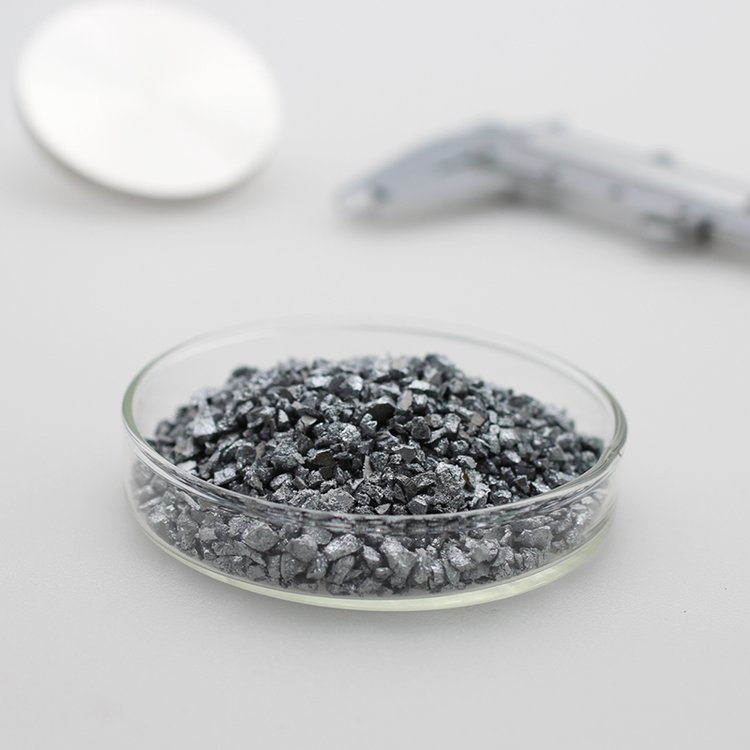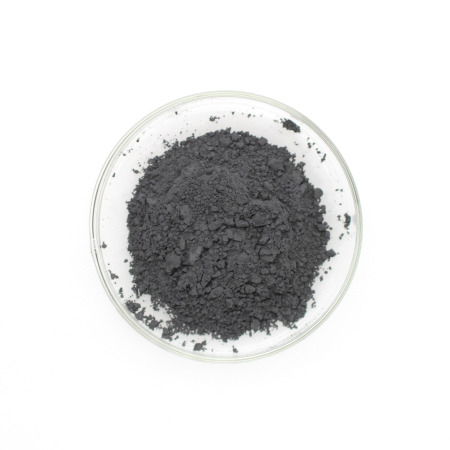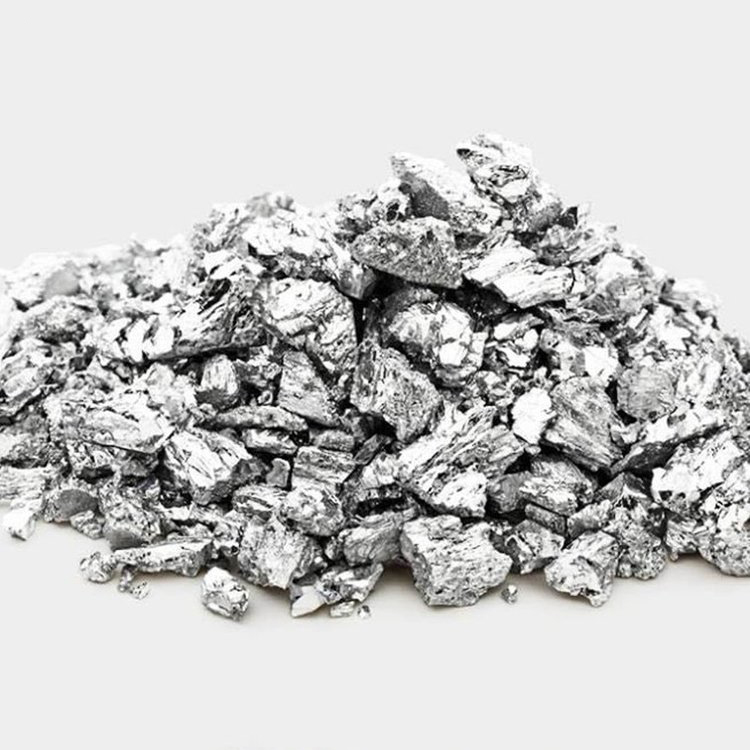Showing 253–264 of 334 results
-

- High purity (≥99.99%).
- Outstanding semiconducting properties with a direct bandgap.
- Suitable for thin-film deposition methods like PVD and CVD.
- Excellent stability under high-temperature and chemical conditions.
- Customizable sizes and packaging options available.
-

- High Purity: SnS with ≥99.9% purity ensures consistent performance.
- Semiconducting Properties: Excellent electronic and optoelectronic behavior.
- Environmentally Friendly: Non-toxic and abundant material suitable for green energy applications.
- Versatility: Applicable across photovoltaics, electronics, and coatings.
- Customizable: Available in various particle sizes to suit different applications.
- Thermal Stability: Performs well in high-temperature environments.
-

- High purity (≥99.99%).
- Semiconductor material with strong optical and electronic properties.
- Excellent performance in thin-film deposition techniques like PVD and CVD.
- Stable under high-temperature and chemical conditions.
- Custom sizes and packaging available.
-

- High Purity: Tin Disulfide with purity levels of ≥99.9% ensures superior performance.
- Layered Structure: Exhibits unique 2D properties ideal for electronic and optoelectronic applications.
- Excellent Lubrication: Low friction coefficient makes it suitable as a solid lubricant.
- Chemical Stability: Resists chemical degradation, enabling long-lasting performance.
- Versatility: Useful across electronics, optics, and energy applications.
- Customizable Options: Available in nano or micron particle sizes for specific uses.
-

- Good Thermoelectric Performance: SnSe offers high thermoelectric efficiency, making it suitable for power generation and solid-state cooling systems.
- Favorable Bandgap: SnSe has a direct bandgap of ~1.3 eV, which is ideal for absorbing sunlight in photovoltaic devices.
- Low Thermal Conductivity: Its ability to maintain a high thermoelectric figure of merit (ZT) due to low thermal conductivity is a key feature in energy conversion materials.
- High Absorption Coefficient: SnSe shows strong absorption in the visible and NIR spectrum, making it useful in light-harvesting applications.
- Stable Thin Films: SnSe can form stable, high-quality thin films via thermal or e-beam evaporation methods.
-

- High Purity: Available with ≥99.9% purity for optimal performance.
- Outstanding Thermoelectric Properties: High ZT values make it ideal for thermoelectric devices.
- Semiconducting Properties: Exhibits excellent electrical conductivity and thermal insulation.
- Environmentally Friendly: Non-toxic and abundant, aligning with sustainability goals.
- Customizable Particle Sizes: Nano and micron-scale powders to meet specific requirements.
- Thermal Stability: Performs effectively at high temperatures.
-


- Thermoelectric Efficiency: Outstanding thermoelectric performance with a high Seebeck coefficient and low thermal conductivity.
- Optoelectronic Properties: High carrier mobility and sensitivity to infrared light.
- Customizable Sizes: Tailored particle sizes for various research and industrial needs.
- Stable Crystal Structure: Rock-salt (NaCl-type) structure for robust stability.
- High Purity: Ultra-pure material for precise and repeatable results.
-

- High Thermoelectric Efficiency: SnTe exhibits outstanding thermoelectric properties, making it ideal for both thermoelectric generation and cooling applications.
- High Purity: ≥99.9% purity available, ensuring high-quality performance and minimal contamination in applications.
- Stable Performance: Maintains high performance under both high and low-temperature conditions.
- Customizable Particle Size: Available in various particle sizes ranging from nanometers to micrometers, tailored to specific application needs.
- Environmentally Safe: Non-toxic material suitable for green and sustainable energy applications.
- Versatile Applications: Can be used in both thermoelectric generators and thermoelectric coolers, along with other energy conversion and cooling systems.
-


- High purity (≥99.9%).
- Excellent dielectric and optical properties.
- Uniform pellet size for precise thin-film deposition.
- Customizable sizes and specifications.
- High thermal stability and chemical resistance.
-

- High Corrosion Resistance: Tantalum provides superior protection against corrosion, especially in acidic and high-temperature environments.
- High Melting Point: Tantalum has a melting point of 3017°C, making it suitable for high-temperature applications.
- Excellent Adhesion: Tantalum adheres well to a variety of substrates, ensuring reliable and durable coatings.
- Biocompatibility: Tantalum is biocompatible and non-toxic, making it ideal for use in medical and dental applications.
- High Purity: Available in high-purity forms (≥ 99.95%) to ensure clean deposition with minimal impurities.
-

- High Melting Point: Melts at approximately 3,020°C, making it suitable for high-temperature applications.
- Corrosion Resistance: Inert to most acids and chemicals, ensuring durability in harsh environments.
- Biocompatibility: Non-toxic and suitable for medical implants.
- Excellent Conductivity: High electrical and thermal conductivity for advanced electronic applications.
- Customizable Particle Sizes: Available in various sizes to meet specific industrial needs.
-

- High Strength: TA15 powder provides superior mechanical strength, ensuring durability in high-stress environments.
- Excellent High-Temperature Resistance: With excellent thermal stability, it performs well in extreme temperature conditions.
- Superior Fatigue Resistance: Offers excellent resistance to fatigue, making it suitable for dynamic and cyclic loading applications.
- Corrosion Resistance: TA15 exhibits excellent corrosion resistance, especially in harsh environments such as marine and chemical industries.
- Weldability: The alloy offers good weldability, ensuring high-quality joins in critical structural components.
- Biocompatibility: Safe for medical applications, ensuring no harmful reactions with the body.














